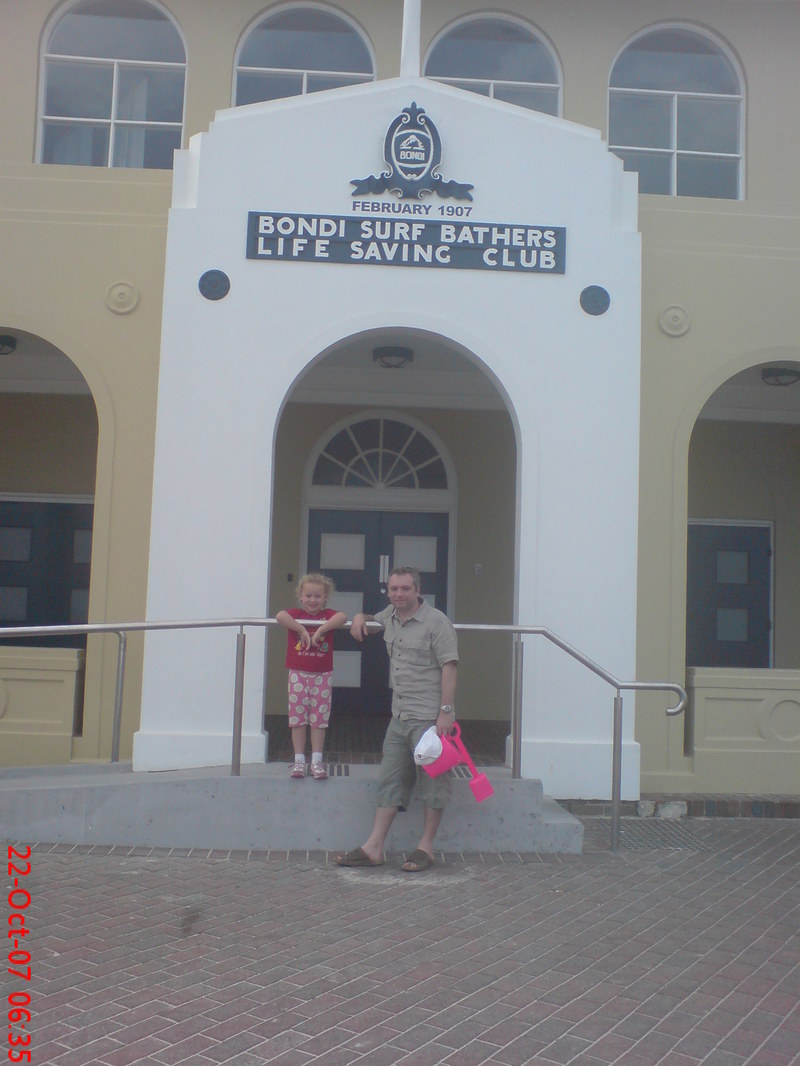Just as we think of learning being bundled into a convenient course package (see last post) so we think of the formalisation of learning being grouped into large chunks. Informal learning is difficult to recognise and accredit, and is thus often overlooked in favour of formal education. There is an intrinsic paradox with informal learning – in order to reward and recognise it, then it needs to be formalised in some manner. So, even if we accept that informal (or if you prefer non-formal) learning will be brought in to the fold increasingly, it still needs to be formalised in some manner.
 If we were to consider the formalisation of learning as a topography then currently it is a flat plain with a few high peaks, rather like skyscrapers in a desert, representing courses. The learner traverses this landscape over their lifetime, most of it spent on the flat plain, with no easy access to formal recognition, and is then requested to climb large peaks of formality, such as a postgraduate course.
If we were to consider the formalisation of learning as a topography then currently it is a flat plain with a few high peaks, rather like skyscrapers in a desert, representing courses. The learner traverses this landscape over their lifetime, most of it spent on the flat plain, with no easy access to formal recognition, and is then requested to climb large peaks of formality, such as a postgraduate course.
This bears little resemblance to how they actually learn, which will have some peaks, but will be more evenly distributed.
 In the online world however, this topography could be subject to considerable change. The peaks become shallower, but more frequent, so it is more akin to an archipelago. In this model, the digitisation of content and interaction allows users to gather evidence of informal learning on a daily basis. They may then choose to bundle this into a formally recognised event, for example by having their portfolio assessed, or engaging in a ‘micro-course’ which demonstrates their ability in a given area, or by creating a meta-document of their own, for example a reflective blog post that draws on the different pieces of evidence.
In the online world however, this topography could be subject to considerable change. The peaks become shallower, but more frequent, so it is more akin to an archipelago. In this model, the digitisation of content and interaction allows users to gather evidence of informal learning on a daily basis. They may then choose to bundle this into a formally recognised event, for example by having their portfolio assessed, or engaging in a ‘micro-course’ which demonstrates their ability in a given area, or by creating a meta-document of their own, for example a reflective blog post that draws on the different pieces of evidence.
Ironically, this is actually how educators conduct their professional lives. An educator may engage in a research project and they will formalise this learning through conference presentations or journal articles. They will bundle together recent experience into published text books, or project reports. In this respect the academic profession has a number of recognised means of formalising learning. Many other professions and individuals do not have such readily available and acknowledged means of unifying recent learning and experience.
Oh, and why not - gratuituous Bondi tourist photo:
(Photos: Gavinsblog http://www.flickr.com/photos/gavinsblog/91871302/, Stefe http://www.flickr.com/photos/stefe/236802005/)

Strewth mate, you Poms all look like a raw prawn!
Posted by: AJ Cann | 23/10/2007 at 09:33 AM
Martin,
I'm enjoying your train of thought from down under and I agree that web 2.0 brings opportunities to disentangle the traditional model of University teaching. However, the problem with the web as destructive technology in HE is that physical presence is still very valuble. For all its excellence the Open University UK still has a very high drop out rate over first year courses when compared to face to face traditional Universities (unless something very radical has changed in the 5 years since I was there). I put this down to the social value of sharing a physical space.
Its perfectly possible for students to gather bits of informal learning together and point out its educational value. I just question how many students have the motivation to do that when they are physically remote from each other and have no formal curriculum to follow.
Rich
Posted by: Richard Treves | 05/11/2007 at 05:48 PM
You're absolutely right Richard - an often overlooked factor is the convenience universities offer by timetabling and placing lectures in physical locations. This takes an enormous burden off the individual and manages their learning for them. It also provides a strong motivational factor in being part of a cohort. However, I think some of the social network stuff offers another means of achieving this, both at a distance and on campus, which is why it seems so appealing to higher ed.
Martin
Posted by: Martin | 05/11/2007 at 07:54 PM